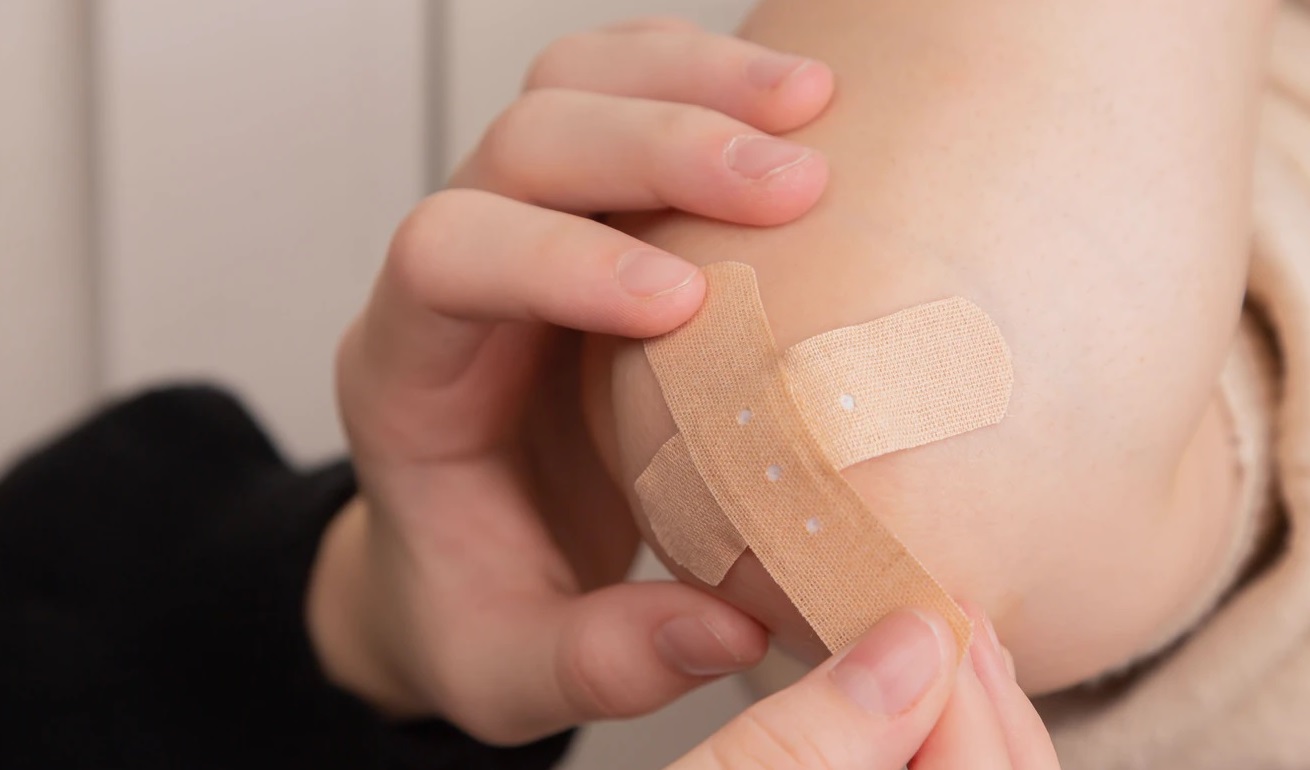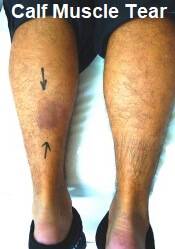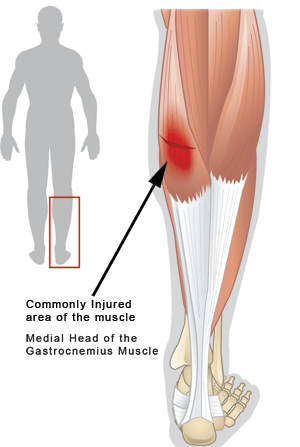|
BOOK NOW |
ASK ABOUT YOUR PAIN |
Home > Blog > Physiotherapy Singapore & Hand Therapy > Conditions > Elbow Pain > Elbow Pain From Exercising And Working Out?
Why Do I Have Elbow Pain When i exercise it or when i Work Out?

As a hand therapist practicing in Singapore, I can confidently say from experience of treating patients that the most common conditions that affect the elbow are:
- tennis elbow (lateral epicondylitis)
- golfer's elbow (medial epicondylitis)
- tendinitis of the triceps and biceps tendon
The less common ones are straining of the lesser-known muscles brachialis or brachioradialis.
Tendinitis / tendon strains
What happens is that the tendons have taken on too much load or frequency without sufficient rest, and the tissue is unable to regenerate fast enough compared to the damage build up.
Slowly, the tendon tissues degenerate and in chronic situations,
- tendon is often inflamed and in pain (ie chronic pain)
- tendon undergo tendinosis
Which will further decrease tendon strength...and starts a vicious cycle of pain, more inflammation. In some extreme cases, the tendons can even rupture (full tear).
muscle strains
Most patients think of muscles at the forefront, so they often load the muscles in pursuit of strength.
Even in pain, some think that they have pain because their muscles are not strong enough, but that's not the case.
Usually muscle pains are either:
- DOMS - delayed onset muscle soreness, which is still acceptable because usually with careful training, DOMS usually do not happen
- Muscle strains happen when the muscles, like the tendons, do not get sufficient rest or are pushed/pulled too hard for performance or lack of warm up, and the muscle fibers can tear. At low grade, only a few fibers get torn, but at extreme levels, the entire muscle can tear too

muscle-tendon pains is often related

#1
So if you look at the anatomy of any muscle, it's always bone-tendon-muscle-tendon-bone.
This is because muscles contract or lengthen to move limbs and body...through the tendons that insert into the bones. If you imagine your elbow, if you want to flex (bend), your biceps muscles contract, and it pulls the tendon that pulls the bone of your forearm.
That means that whenever there is a tendon strain or injury, we must also consider assessing and treating the muscle, which can be overly tight or shortened, pulling the tendon.
#2
Secondly, the muscle that's overly tight, what's the cause of it? Is it due to overuse...but why?
Is it overused because of
- fatigue, overtraining
- muscle imbalance
- poor form
That's why we spend more time diving-deep to find out the real cause of the pains and injuries, other than finding out which structures are damaged and painful.
How Do I Prevent This painful elbow Condition? Can I Train Around It?
Elbow pains doing / during workouts are usually because of
- overuse injuries (overload / insufficient rest or staging)
- repetitive straining
- muscle / tendon sprains
This means that if you lift weights that are too heavy for your body, muscle and joints without strengthening in stages OR do the same kind of exercises and neglect to strengthen or train other muscle groups, you'd create a muscle imbalance which will definitely increase strain on the overuse AND underused muscles and joints.
#1 That's why we dont recommend isolated exercises such as bicep curls and recommend instead for full body workouts and exercises such as push ups or pull ups (of course, AFTER your elbows are treated and have improved)
#2 Start low and slow. Our body needs time to adapt and acclimatize and strengthen. If we have never jogged before, it's not recommended to sign up for a 21 km marathon next week. If we'd never lifted weights in gym before, it's not safe to sign up and start lifting 15 kg off the bat. Start with the minimum, and go a couple of rounds. If that's too easy, increase by 5%. And go a few rounds. If it's too easy, load up another 5%.
#3 Form matters. This is an extension of #2 above, where you avoid actions that uses momentum to lift your weights. Do that exercise slowly, focusing on form and activating the muscles and joints that are involved.
#4 Avoid pain. I've met and treated countless athletes and sporty individuals and some would tell me, "no pain no gain" or "push through pain". I respectfully disagree, because not all pain can be ignored. If it's a pain such as mild stitches or soreness that you can rest away, sure I can agree...but if it's a sharp, stabbing pain, or is an obvious injury, no, don't avoid it.
Let me tell you an example of a patient who I saw who was very fit - runner, rock climber, and tennis player. She dislocated her right middle finger in the middle of a game, relocate it back herself and continued the game.
Afterwards, she saw a doctor who referred her to me for hand therapy.
When I met her, she said that she "can and will push through the pain" which I do respect (I respect athletes and sporty individuals dedicated to their sports and willpower), and I urged her to do a couple of hand therapy sessions with me, and I can spread out the sessions because she's quite high functioning, but more importantly, there will be higher risk of reinjury or even degradation to osteoarthritis, but she declined.
She didnt make any appointments, and I updated the doctor (we work closely with orthopedic surgeons to make sure that we can provide the best holistic care possible), and he acknowledged.
8 months later, she came back and her middle finger was very sore and painful, and a lot stiffer with loss of range of motion. She couldnt grip her tennis racquet or cycle properly, and rock climbing was entirely out of the picture.
During the session assessment, I found out that truly, it had worsened with arthritic changes and the doctor prescribed me to do a protective splint to straighten the flexed finger for a couple weeks before starting a series of hand therapy.
#5 Go for regular sports massage. Maybe once every 1-2 weeks. This will loosen up tightened and shortened muscles be it from posture, overuse or fatigue, and helps to prevent injuries such as muscle or tendon sprains as well as improving performance.
If you are tied for time, you can consider using foam rollers or massage balls to roll over the muscles, tendons and joints of the elbow and forearm.
elbow pain doesnt mean weak elbows
If you have elbow pains, please dont think that it's because you have weak elbows and then double down on elbow strengthening.
The best thing you can do for your elbow pain is to make an appointment with our Singapore hand therapists, for us to assess and understand the structures that are damaged, as well as to identify clearly the real reason why it's been damaging your elbows.
Then we treat it and send you back to do the stuff you love, be it to lift weights, pick up your kids or pets, cycling and living the kind of life you love.
We're here to enable you to play as long and hard as you like.